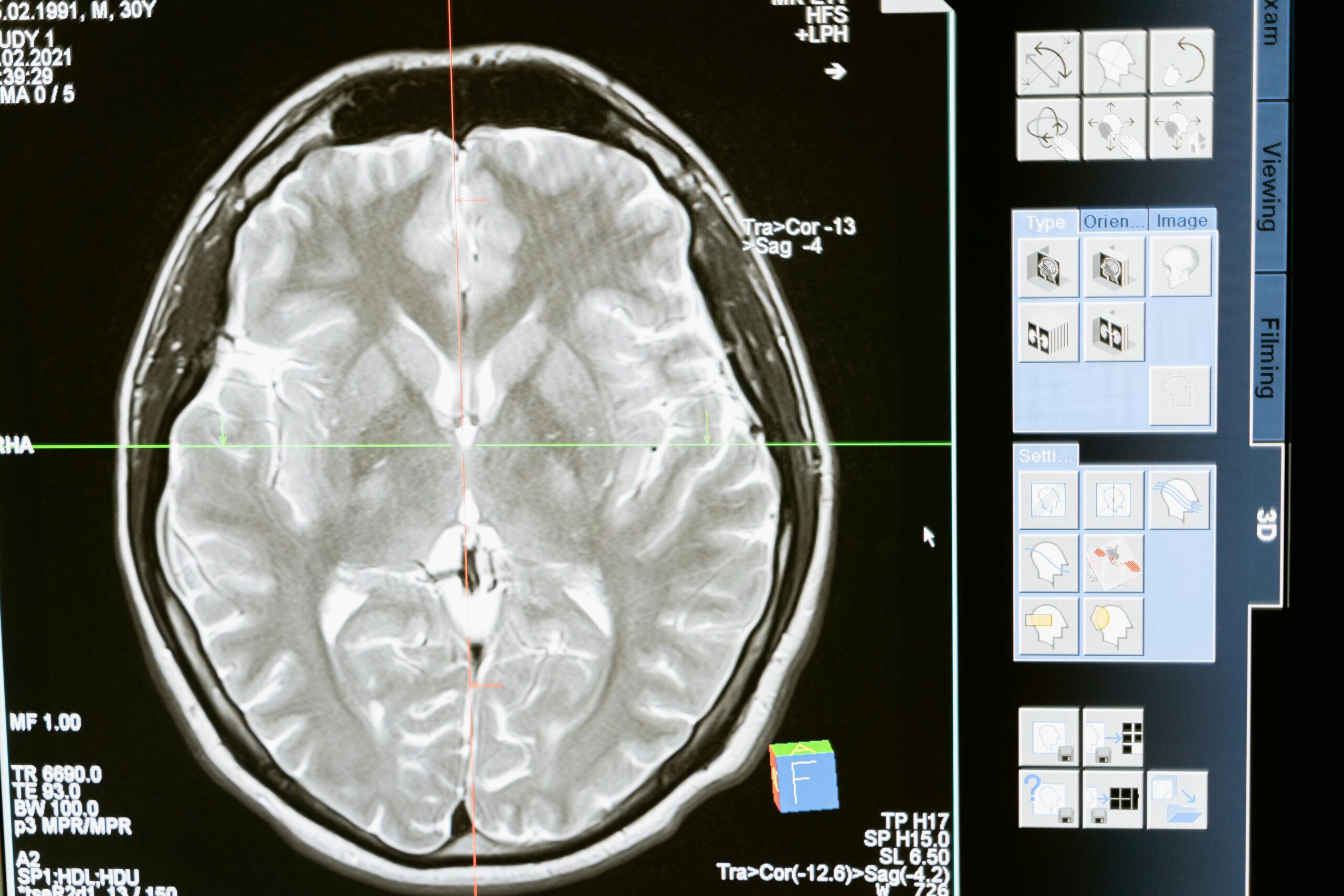Pursuing a meaningful and stable career no longer hinges on a traditional four-year college degree. Rising tuition fees, student loan burdens, and a competitive job market have forced many to reconsider their educational paths. As a result, trade school vs. college has become an increasingly common comparison, especially for individuals interested in the healthcare field.
From phlebotomy training programs to lab technician school and beyond, trade schools offer focused, skill-based education that leads to rewarding and essential careers. This blog takes a closer look at the pros and cons of trade schools versus colleges, highlights key opportunities in healthcare and beyond, and helps aspiring professionals make informed decisions about their future.
The Cost of Education: A Driving Force Behind the Shift
For decades, college has been considered the gold standard of success. But in recent years, the cost of college education has become a serious barrier. The average cost of a four-year college degree in the United States now exceeds $100,000. Factoring in student loan debt and years spent outside the workforce, it’s no surprise that many are looking for affordable healthcare and vocational training options that deliver faster returns on investment.
That’s where trade schools come in. These institutions offer certificate programs in healthcare, technical skills, and hands-on training for a fraction of the cost and time of traditional college degrees. Most trade programs can be completed within 12 to 24 months, making them ideal for students seeking quicker entry into the workforce without long-term debt.
Understanding the Basics: What Is a Trade School?
Trade schools, also known as vocational or technical schools, specialize in teaching specific skills for particular careers. Unlike traditional colleges that focus on broad academic education, trade schools prepare students for immediate employment. Programs are highly practical, with a curriculum that emphasizes industry-relevant tasks and certification.
Another attractive feature of trade education is flexibility. Many programs offer evening and weekend classes to accommodate working adults, parents, or career changers. This makes trade schools ideal for non-traditional students who need an alternative to college education.
Moreover, many trade schools are partnering with hospitals and clinics to offer internships or externships as part of the training, further enhancing employment prospects upon graduation.
When comparing trade school vs. college, the difference often lies in time, cost, and focus. Trade schools are less expensive, more focused, and shorter in duration. Colleges may offer a broader education, but at the cost of more years in school and greater financial investment.
High-Demand Careers Through Trade Schools
With healthcare jobs growing faster than the national average, now is the perfect time to explore trade school career options. Many roles in healthcare don’t require a bachelor’s degree but do require certification and practical training, both of which trade schools excel at providing.
Let’s break down some of the most sought-after healthcare trade programs and how they stack up:

1. Phlebotomy Training Programs
Phlebotomists are responsible for drawing blood and preparing samples for testing. It’s a vital role in medical diagnostics and patient care. Phlebotomy training programs typically last less than a year and are offered at many trade schools. Graduates are eligible for certification and can begin working in hospitals, laboratories, or clinics shortly after completing their coursework.
2. Vocational Nursing Programs
Licensed Vocational Nurses (LVNs) or Licensed Practical Nurses (LPNs) provide essential patient care under the supervision of RNs or physicians. Vocational nursing programs can be completed in 12 to 18 months and are in high demand across the country. The Bureau of Labor Statistics predicts steady job growth for this role, especially in long-term care and home health services.
3. Lab Technician School
Medical lab technicians perform tests that help providers diagnose and treat illness. Lab technician school programs are generally two years long and provide comprehensive training in laboratory procedures, equipment usage, and medical terminology. The hands-on nature of these programs makes trade schools a perfect fit.
4. Nursing Assistant Training
Certified Nursing Assistants (CNAs) provide direct patient care and are indispensable in both hospitals and long-term care facilities. Nursing assistant training programs can be completed in as little as six to twelve weeks, making it one of the quickest paths into the healthcare field.
5. Medication Aide Certification
Medication aides are trained to assist with administering medications in healthcare settings. With a medication aide certification, individuals can work in nursing homes, assisted living facilities, or rehabilitation centers. These programs are often short-term and focus on medication safety, administration techniques, and legal regulations.
Beyond Healthcare: Other In-Demand Trades
While we focus primarily on healthcare trade programs, it’s important to remember that trade schools also cater to non-healthcare careers. Individuals who aren’t drawn to clinical settings can find fulfilling and lucrative roles in industries like construction, electrical work, plumbing, and carpentry.
Many of these jobs offer apprenticeships, union support, and upward mobility, all without the financial burden of a college degree. As society shifts toward skills-based hiring, the stigma once associated with trade schools is rapidly disappearing.
Trade School vs. College: Pros and Cons
Understanding the differences between trade school and college can help prospective students make informed decisions based on their goals, learning styles, and financial situations. Below is a breakdown of the key pros and cons of each path:
|
Trade School Pros: · Shorter duration (6 months to 2 years) · Lower cost and reduced debt · Hands-on training and real-world experience · High job placement rates in certain fields · Ideal for certificate programs in healthcare and skilled trades
|
College Pros: · Broader academic exposure · Greater networking opportunities · More degrees can lead to more advanced roles · Opportunities for research, internships, and academic enrichment programs
|
|
Trade School Cons: · Narrower scope of education · Fewer opportunities for academic advancement (although this is changing with bridge programs) · Limited social and extracurricular experiences
|
College Cons: · High tuition and associated debt · Longer time to enter the workforce · May not guarantee employment post-graduation
|
Bridging the Gap: From Trade School to Degree
While some may worry that trade education limits future academic options, that’s not always the case. Many community colleges and universities now offer bridge programs that allow students to transition from vocational certificates to associate or bachelor’s degrees. For example, someone who completes nursing assistant training can later pursue LPN-to-RN or RN-to-BSN programs.
This pathway creates a layered approach to career development. For instance, one can begin a phlebotomy training program, gain work experience, and pursue further education later, often with employer support or tuition reimbursement.
Things to Consider When Choosing Trade School vs. College
When you’re at a crossroads between trade school and college, the decision is often more nuanced than a simple comparison of time and cost. Beyond the obvious differences, there are deeper personal, professional, and lifestyle considerations that can shape your journey.
Here are a few less-talked-about but equally important factors to reflect on before making your choice:
1. Your Learning Style and Environment Preference
Do you learn best by doing or by studying theory? Trade schools are ideal for hands-on learners, while colleges cater to those who enjoy academic depth, research, and discussion.
2. Long-Term Career Flexibility
Trade school career options often lead to immediate employment, but some roles offer limited upward mobility without further training. College degrees might open more diverse doors down the line, even across industries.
3. Licensing and Recertification Requirements
Some roles require periodic renewal of credentials. For example, a medication aide certification might not transfer across states. Be sure to understand ongoing education or licensure needs before enrolling.
4. Access to Mentorship and Industry Connections
Mentorship matters. Colleges may offer faculty guidance and alumni networks, while trade schools often connect students directly with industry professionals through apprenticeships or clinical rotations.
5. Reputation and Accreditation of the Institution
Choose programs with strong reputations, whether it’s a lab technician school or a university nursing degree. Accreditation ensures your credentials are respected and transferable.
6. Support Services for Students
Look into student support resources like job placement, tutoring, or resume help. Trade schools may focus on career-specific aid, while colleges typically offer broader academic and personal support.
Conclusion: Choosing with Confidence
The world needs nurses, technicians, aides, and caregivers more than ever. It also needs electricians, welders, and builders. Whether you’re called to patient care or hands-on craftsmanship, your path doesn’t have to include a mountain of debt or four years in a lecture hall. Trade school career options are robust, respected, and rewarding.
Fast CE For Less is committed to supporting healthcare professionals and aspiring students at every stage of their journey. With continuing education that’s affordable, and accessible, we’re here to help you grow no matter which path you choose.
If you’re ready to build a fulfilling career in healthcare, explore our continuing education courses and state-specific bundles today. With flexible, affordable options designed for busy professionals, we make it easier than ever to stay compliant and confident in your healthcare journey.



